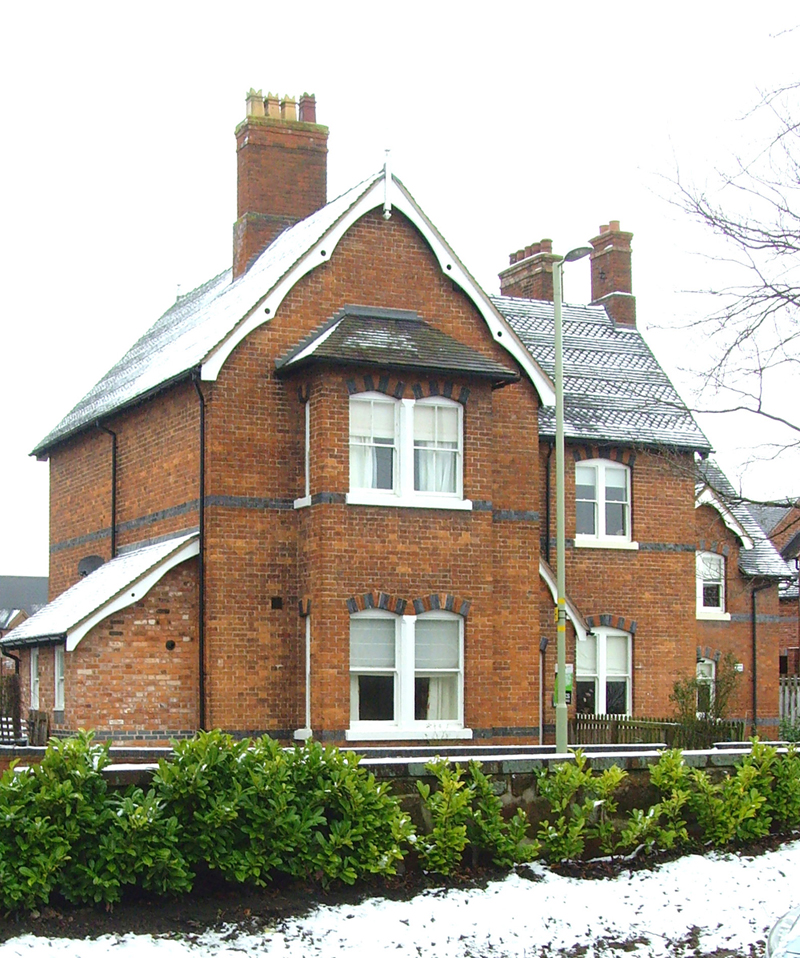Many local authorities encourage the use of secondary glazing, where possible, to increase thermal efficiency. An example of this encouragement is shown below by the picture.
In our experience of working in listed buildings and conservation areas, even including the World Heritage site of Ironbridge in Shropshire, though approval has been discussed by phone and visits from Conservation Officers, actual formal permissions have never been required. We do nevertheless recommend you always make enquiries by contacting your local Planning or Conservation Officer to hear this from them directly - for peace of mind if nothing else.
Living in a Listed Building raises many challenges and, in fact, red tape. Happily however, our many customers nationwide love Extraglaze Secondary Glazing. We get so much warmth of feeling back from them, when they learn that something good is finally going to happen free-of-red-tape, and then afterwards, immediately and year after year.
Please take a tour of our Gallery (see above). There you will find photos of our many installations, none of which required Listed Building Consent.

Here in Shropshire, we have always been encouraged, never resisted. These words are from our local Historic Environment Team which includes the local Conservation Officers:
"Where windows are identified as being of architectural and historic significance (for example a primary or early timber sash window) the use of retrofit products such as draught stripping or secondary glazing are encouraged and advocated, as these generally involve much less intervention and loss of significant historic fabric than wholesale replacement or substantial alteration. Given the nature of products such as Extraglaze Secondary Glazing where fixings are generally minimal, reversible and do not have a substantial visual impact, they are generally considered acceptable and appropriate for use in listed buildings and are deemed to be in accordance with the requirements of the Planning (Listed Buildings and Conservation Areas) Act 1990, and associated National and Local planning policy. Their use is therefore generally approved, and in a lot of circumstances given the minimal nature of works required formal Listed Building Consent is not requested.
Our approach to the use of such products as noted above (i.e. an approach of ‘minimum intervention’ to the fabric of the existing building) is reflected in standing guidance by Historic England (Traditional Windows: Their repair, care and upgrading, 2017- see here: https://historicengland.org.uk/images-books/publications/traditional-windows-care-repair-upgrading/ ) and we frequently signpost property owners towards this guidance, and generally use the approaches recommended within it closely when considering changes to historic windows and doors."






